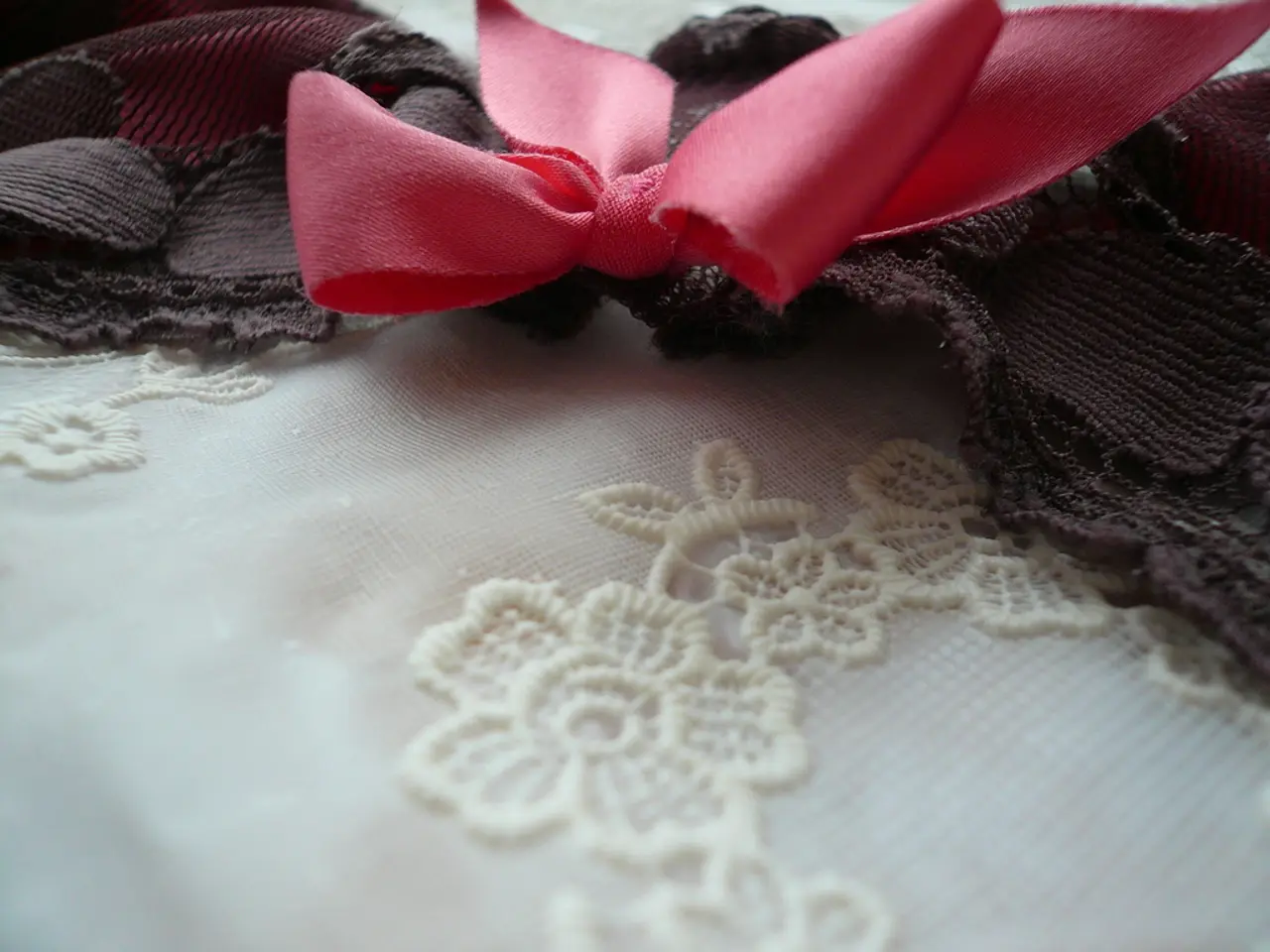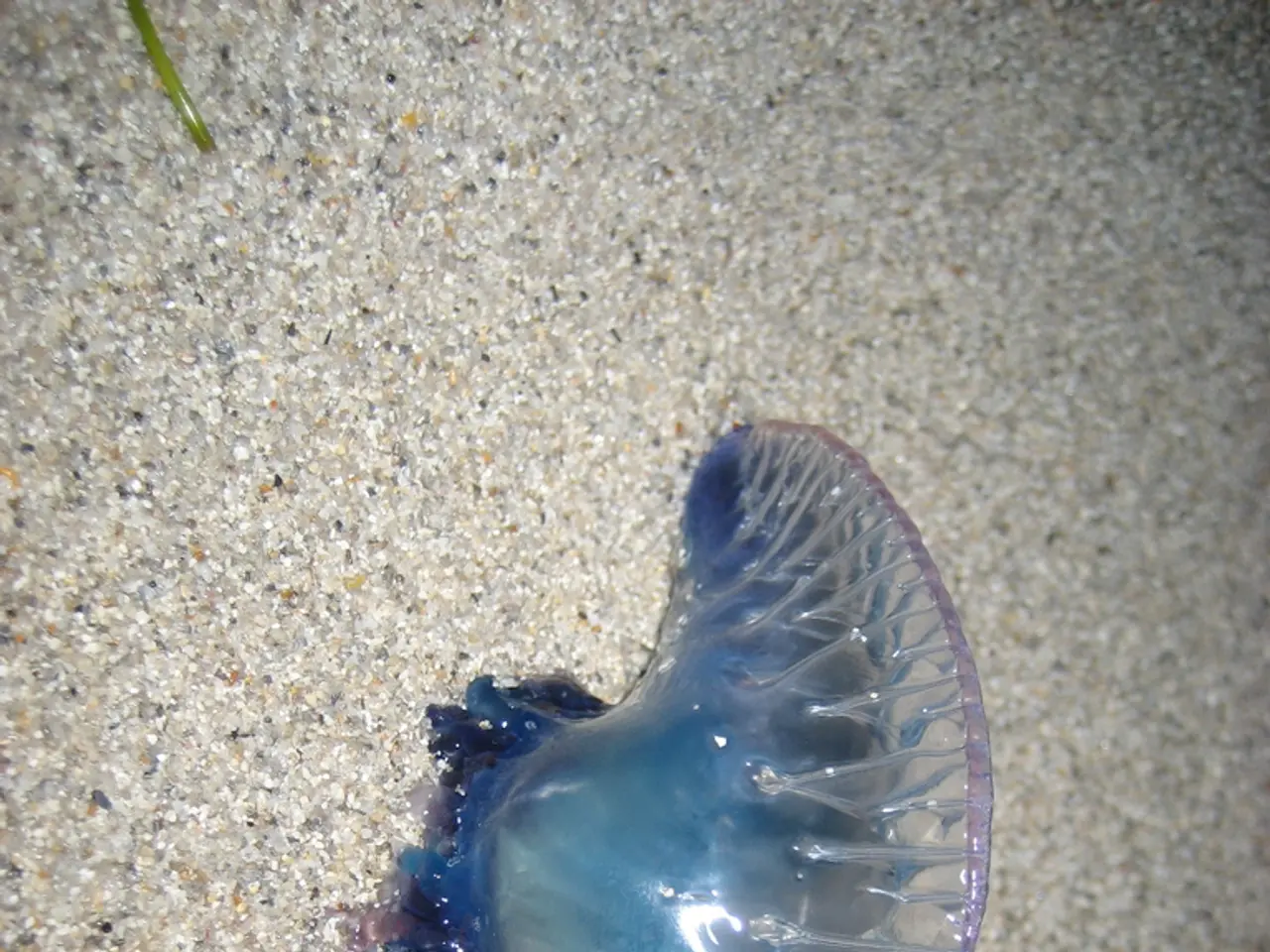DIY Fabric Dyeing: A Detailed Walkthrough
In the realm of DIY projects, dyeing fabric can be a fun and rewarding experience. Here's a step-by-step guide to help you achieve beautiful, vibrant results at home.
Preparing Your Fabric and Dye Solution
Before you begin, it's essential to prepare your fabric and dye solution. Pre-wash the fabric to remove any dirt, oils, or finishes that may interfere with the dyeing process. Rinse it under cold water until the water runs clear, and then wash it with a mild detergent.
For the dye bath, dissolve the fabric dye in hot water in a large container. The type of dye you choose should be compatible with the fabric fibers. Natural fibers like 100% cotton absorb dyes best, especially fiber-reactive dyes, which produce bright, lasting colours. Synthetic fibers like polyester require special disperse dyes and heat-setting methods to achieve good colourfastness.
Creating a Suitable Dye Bath
For fiber-reactive dyes, adding soda ash raises the pH and helps form covalent bonds with cotton fibers. Maintain proper temperature and pH specific to the dye used.
Applying the Dye
Dampen the fabric with water to help the dye spread evenly. Add the damp fabric to the dye bath and stir constantly for an even colour. For tie-dye, after applying the dye, wrap the fabric in plastic to keep it moist and allow the dye to set for 6–24 hours (not exceeding 36 hours) to maximize vibrancy and minimize fading.
Post-Dyeing Care
After dyeing, rinse the fabric thoroughly with cold water until the water runs clear again. To prevent fading, wash dyed fabrics in cold water with a gentle detergent and avoid using bleach or harsh chemicals. Washing the dyed fabric in warm water with a mild detergent further removes traces of dye.
When drying dyed fabrics, avoid direct sunlight as prolonged exposure can cause fading over time. Store dyed fabrics away from direct sunlight and heat sources to prevent fading and discolouration. After washing, allow the dyed fabric to air dry or tumble dry on a low heat setting.
A gentle fabric conditioner specifically designed for dyed fabrics can maintain softness and vibrancy.
Choosing the Right Fabric and Dye
The best practices for choosing fabric and dye for successful dyeing projects are to choose fabric fibers compatible with the dye type and select dyes based on fabric type and desired fastness. Consider factors like wash and light fastness when selecting dyes.
Safety Precautions
Work in a well-ventilated area and wear protective gear like gloves and aprons to avoid skin contact and stains.
By following these tips, you can create stunning, long-lasting dyed fabrics at home. Happy dyeing!
Exploring various DIY projects, one can delve into fashion-and-beauty endeavors by trying their hand at dyeing natural fibers for creative clothing pieces. In the realm of home-and-garden projects, dyeing fabric can be an engaging and fulfilling experience for enhancing home textiles, too.




